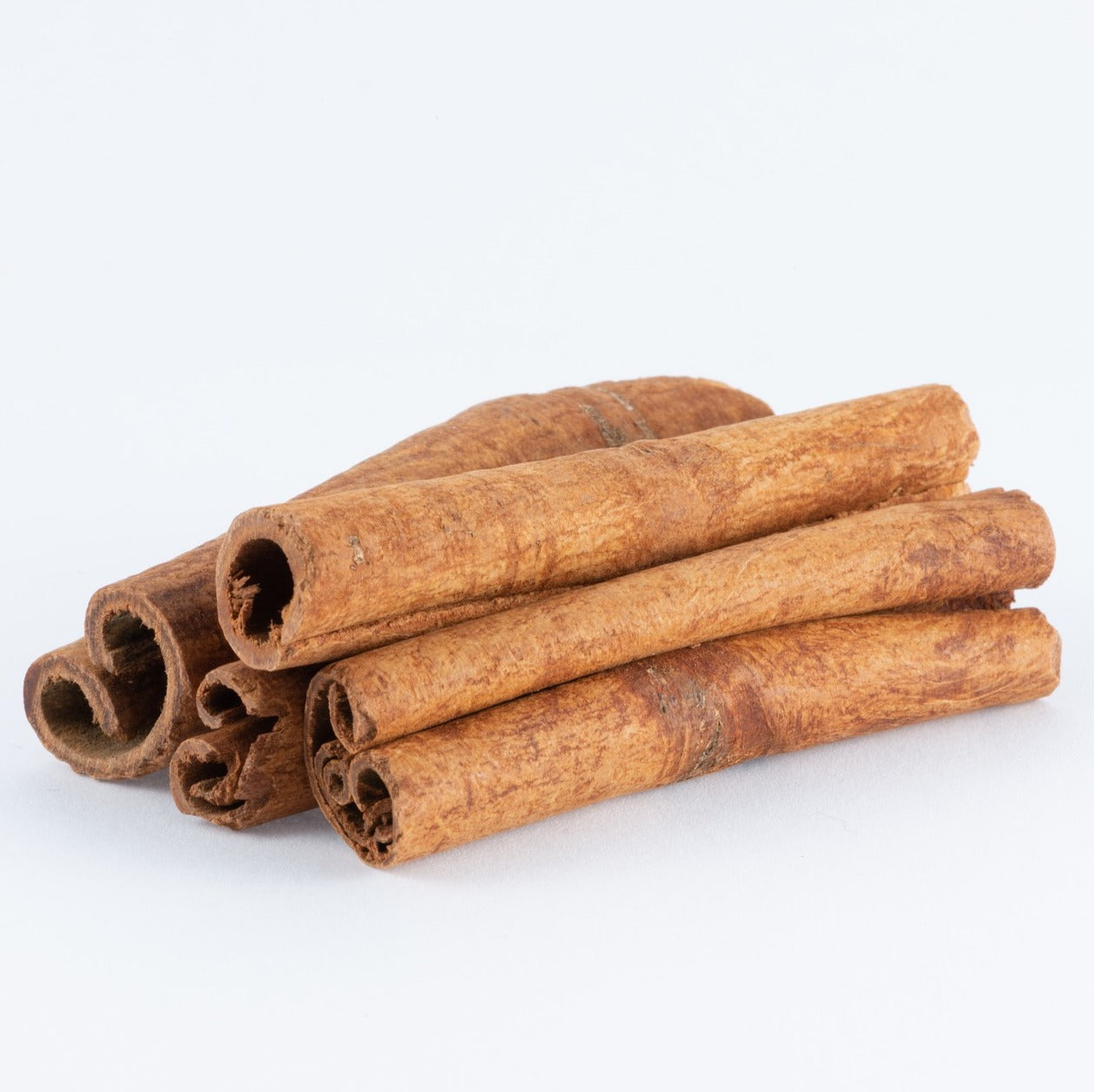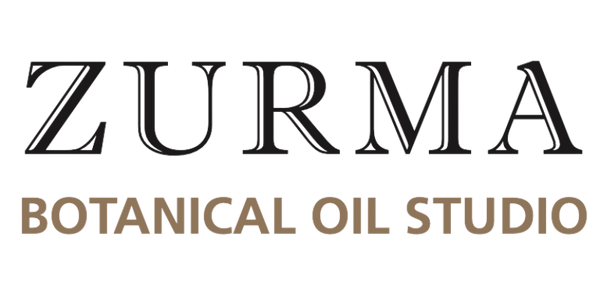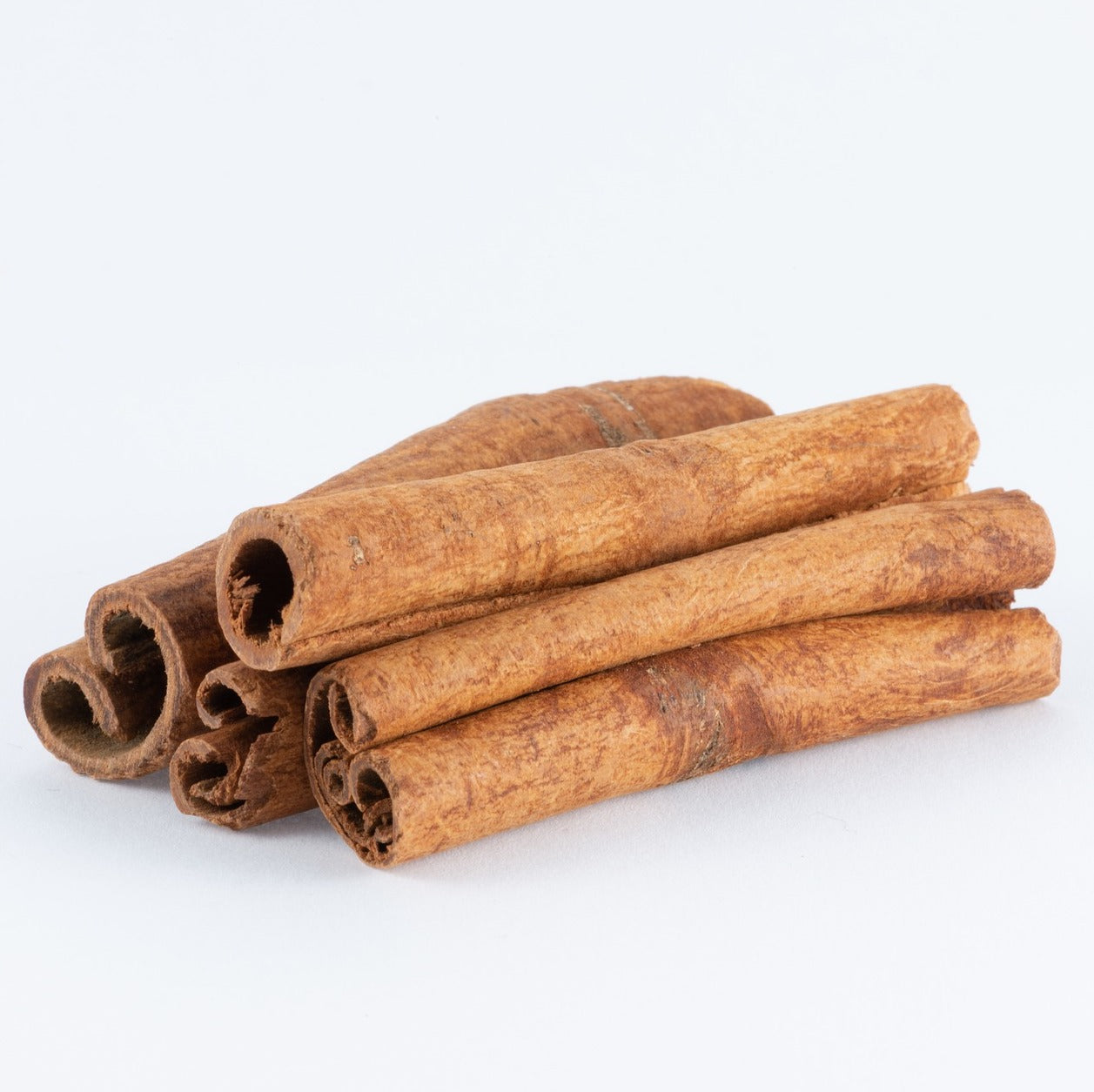Cinnamon Bark CO2
Cinnamon Bark CO2
Couldn't load pickup availability
Cinnamon Bark CO₂ Extract – Cinnamomum zeylanicum
Part Typically Used: Dried Bark
Method of Extraction: Super-critical CO₂ Extraction (a low-temperature process for extracting plant oils. The CO₂ process extracts the 'heavier' therapeutic properties from the raw plant material, rather than steam distilled)
Class: Aldehyde
Perfumery Note: Middle
Country of Origin: India
Similar to its essential oil variant, this highest quality Cinnamon Bark CO₂ oil has a strong, warm, spicy and sweet aroma. This particular batch was made from native Indian tree bark. These trees are most likely older than the cultivated type. This results in a sweeter, softer odour that’s more rounded. According to some consumer feedback, the CO₂ is more like dried cinnamon spice.
How Cinnamon Bark CO₂ Extract is Different from Cinnamon Essential Oil
The CO₂ extract captures both volatile (aromatic) and non-volatile (therapeutic) components like cinnamaldehyde and cinnamyl acetate in higher and more stable concentrations than essential oil. Compared to steam-distilled cinnamon oil, CO₂ extract has richer, fruitier depth, greater potency, and lower coumarin content (safer than Cassia). It’s more suitable for targeted skincare, oral care, and perfumery, with superior antimicrobial and flavour qualities.
Aroma
Extremely powerful, very warm, diffusive, spicy-sweet aroma with a persistent dryness and warm, lasting powdery note in the drydown.
Appearance
Light brown to clearish liquid
Description
Different natural subtleties can be discerned when CO₂ extraction is used. In fact, some of the minor discrepancies could be related to the country of origin rather than the extraction process in this case. This particular batch was made from native Indian tree bark. These trees are most likely older than the cultivated type. This results in a sweeter, softer odour that’s more rounded. According to some consumer feedback, the CO₂ is more like dried cinnamon spice.
Actions
Antiseptic, antimicrobial, antidote (to poison), parasiticide, vermifuge, antispasmodic, stimulant (circulatory, cardiac, respiratory), carminative, digestive, stomachic, aphrodisiac, antidiarrheal, anthelmintic, antiputrescent, hemostatic, refrigerant.
Special Use
Fragrance, dental preparations, cough syrups, food flavouring.
Blends Well With
Agarwood, Ambrette, Balsam of Peru, Benzoin, Cardamom, Carnation, Chamomile (Roman), Champaca, Cistus, Clove, Cocoa, Coconut, Coffee, Coriander, Frankincense, Ginger, Jasmine, Labdanum, Lavender, Linden Blossom, Liquidambar (Styrax), Myrrh, Nutmeg, Orange, Patchouli, Rose, Rosemary, Sage, Sandalwood, Spikenard, Tangerine, Tonka Bean, Tuberose, Vanilla, Ylang Ylang.
Skincare Actions
Antibacterial, antifungal, astringent, warming, circulation-boosting, stimulating, deodorising, anti-acne, oral antimicrobial, breath freshening.
Perfumery Actions
Sweet, spicy, warm, woody, fruity, rich, sharp, top-to-heart note, diffusive.
Skincare Dilution
0.05–0.2% in oral care (toothpastes, mouthwash)
0.05–0.3% in warming balms, deodorants, or foot creams
Avoid use above 0.5% on skin due to potential for irritation
Always patch test; not recommended for facial use unless at very low concentration
Perfumery Dilution
0.1–1% in natural perfumes, particularly in spicy, gourmand, oriental, or festive blends
Use carefully in alcohol-based perfumes to avoid overpowering other notes
Safety Data
Bark oil is dermal toxic, irritant and sensitising. Also irritant to mucous membranes. Should never be taken internally or used on skin undiluted.
Zurma Essential Oils – Highest Quality Pure and Natural
At Zurma we go to great lengths to ensure that we only sell the highest quality pure and natural essential oils. We have searched the world for the best essential oils. Our in-house quality control system ensures that this high standard is maintained for all our essential oils. Every essential oil comes with a Certificate of Analysis (COA) and Gas Chromatograph/Mass Spectrometer (GCMS) test to confirm that they are genuine and authentic essential oils containing their correct active constituents.
The only exception to this is with the New Zealand small-scale essential oil producers we buy direct from — e.g. Lavender, Mānuka, Kānuka, Tea Tree etc. This is because we know and trust these growers who distil their own essential oils.
Finally, all essential oils have to undergo our own in-house smell, appearance and feel test — and if they are not up to our high standards, we simply send the product back to the supplier. Based on this quality control process, we believe that the 100% Pure and Natural essential oils that Zurma supplies to our customers are of the highest quality and are excellent for use in aromatherapy.
General Essential Oil Safety Recommendations
Do not take essential oils internally unless under advisement by a qualified medical professional.
Do not use essential oils undiluted on the skin. It is always best to try a small patch test first of the diluted essential oil.
People who are pregnant or have serious medical problems are advised to consult with a qualified aromatherapy practitioner before using essential oils.
Use extreme caution when using essential oils with children. It is safest to consult with a qualified aromatherapy practitioner before using essential oils with children.
General Disclaimer
The product information provided on this website is intended for educational purposes only. The information provided is not considered to be complete and is not guaranteed to be accurate. The information contained in this website is not intended to be sufficient to provide diagnosis and/or treatment of medical conditions. It is recommended that treatment of serious health conditions be done with the help of a trained qualified medical practitioner.
Share

Awesome
To ensure our essential oils are not diluted to adulterated, Zurma Essential Oils undergo rigorous testing, including Certificate of Analysis (COA) and Gas Chromatography-Mass Spectrometry (GCMS) analysis. This meticulous testing process guarantees the purity, potency, and authenticity of our oils.

